O Quy Ho Pass
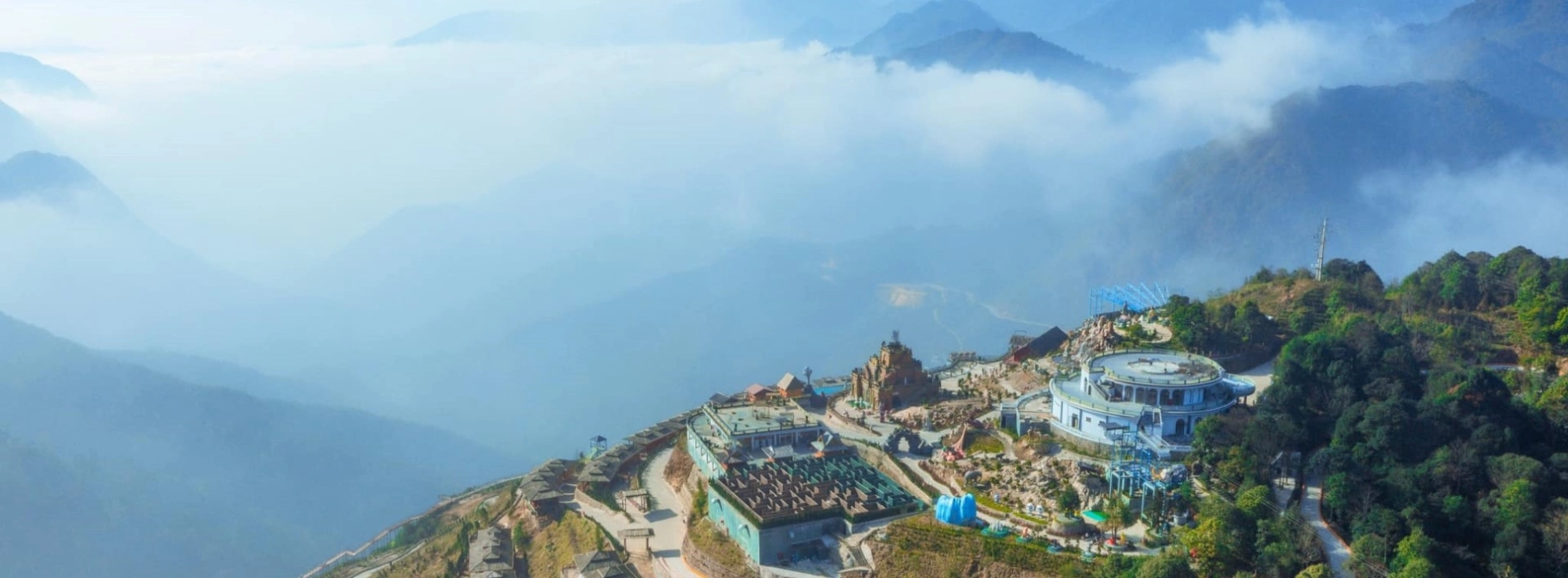
O Quy Ho Pass is located on National Highway 4D, sharing the administrative boundaries of Lao Cai and Lai Chau provinces. It is about 15 kilometers from the center of Sa Pa town and nearly 50 kilometers from Lai Chau city.
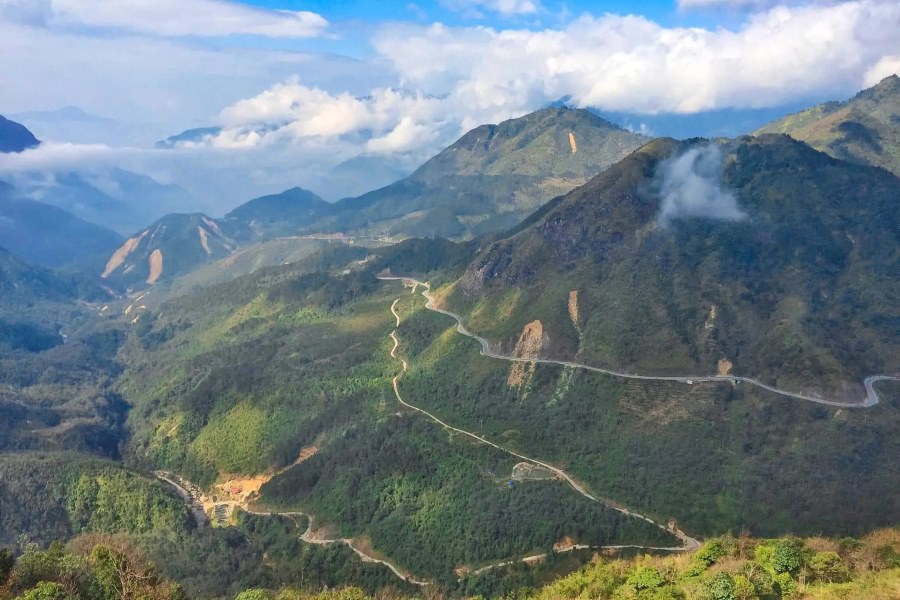
O Quy Ho Pass on the National Highway 4D (Source: Lug)
The name of this twisting route comes from the H'Mong people, who have long lived in the region. "O Quy Ho" translates as "curved arc," referring to the pass's curved road that weaves through the magnificent mountain landscape. It's also the name of a bird that glides over the pass at nightfall, filling the air with its melancholy song.
At an altitude of over 2,000 meters above sea level, standing at the peak of O Quy Ho Pass offers a breathtaking panorama. Visitors can look out over the infinite horizon, where the huge sky meets a sea of white clouds. This surreal setting creates a profound sense of awe and appreciation.
The climate of O Quy Ho Pass changes depending on the location between the Tam Duong (Lai Chau) and Sa Pa (Lao Cai) districts. Each season provides tourists with unique and memorable experiences.
Summer and Autumn (June to November)
While the stretch of the pass on the Sa Pa side is pleasant and refreshing, the Tam Duong side is burning hot with dry Lao winds. However, this season is great for daring travelers looking to test their riding talents on twisty and rough mountain routes.

Gentle sunlight blanketing the pass (Source: O Quy Ho Fairy Valley)
Winter and Spring (December – May)
During this time, O Quy Ho Pass receives a cool breeze. Temperatures can fall below 0°C in the winter months of January and February, which causes widespread frost and snowfall. Visitors can see a beautiful sea of clouds floating like soft, creamy layers, producing a wonderfully strange scene, especially early in the morning.
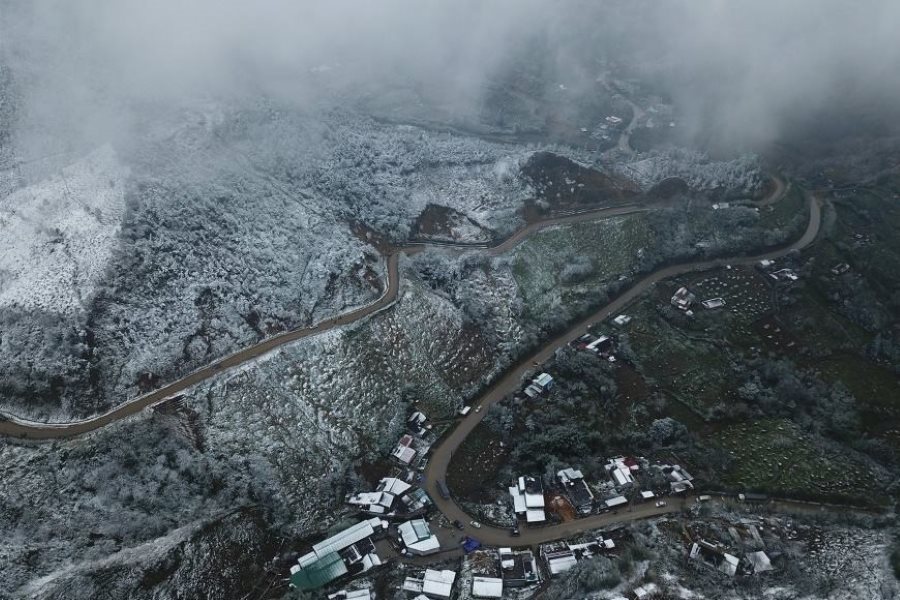
O Quy Ho Pass in the winter (Source: Mia)
O Quy Ho Pass is a challenging mountain crossing in Northwest Vietnam, featuring hairpin curves and steep slopes that are sure to excite thrill-seekers and adventurers. It's really important to be careful when exploring this tricky area, where one side features tall cliffs and the other drops into deep valleys. Traveling in a group or with a local guide is a great way to stay safe and have a wonderful experience!
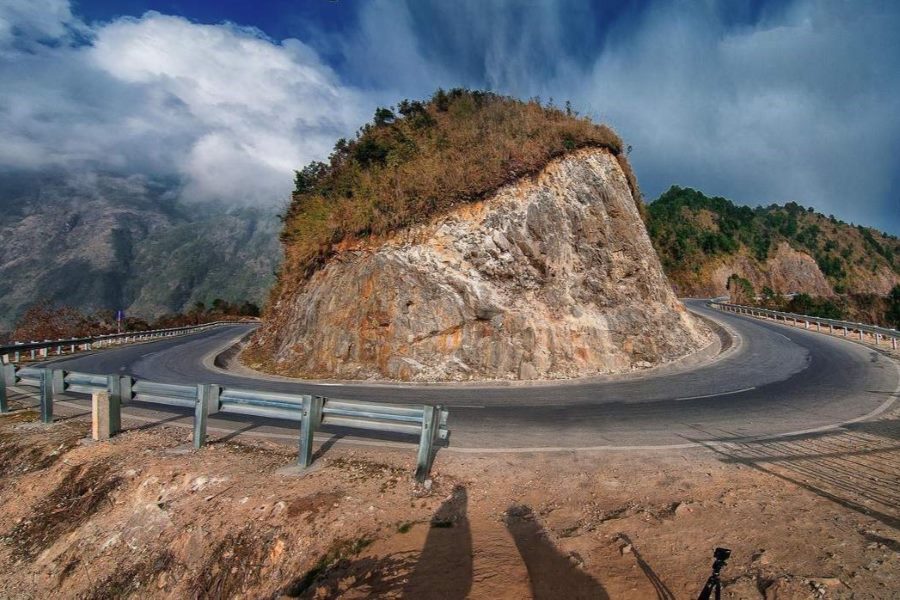
The challenging roads leading to the peak of O Quy Ho Pass (Source: Sapa)
You can travel around 15 kilometers by motorcycle or car from Sa Pa town to O Quy Ho Pass, which takes about 30-35 minutes. Starting in the town center, take Dien Bien Phu Street for 12 kilometers, passing Silver Waterfall, and then continuing straight to the pass's peak.
Read more : Northwest Vietnam Cycling Tour 4 days: Sapa to Dien Bien Phu
O Quy Ho Tea Hill
On the way up to O Quy Ho Pass, you will come across O Quy Ho Tea Hill, located at an altitude of 1,800 meters along a small dirt road off National Highway 4D, about 500 meters from O Quy Ho Kindergarten. According to professional photographers, sunrise and sunset are the most magical and enchanting times to capture the beauty of this tea hill.
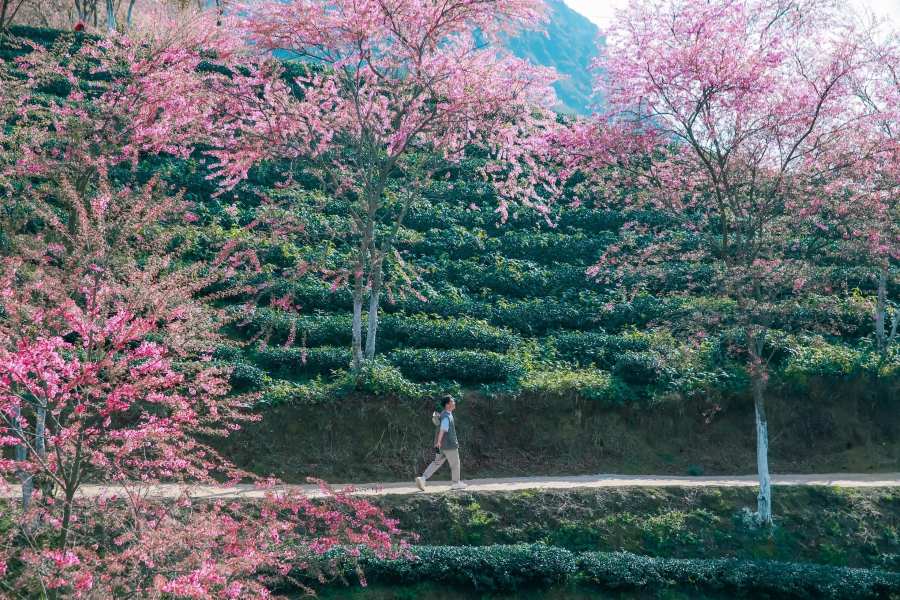
O Quy Ho Tea Hill adorned with cherry blossoms (Source: Duc Giang)
A standout feature of O Quy Ho Tea Hill is the rows of cherry blossom trees planted along the pathways. Every year, from December to January, delicate pink blossoms begin to bloom, adding a vibrant touch to the lush greenery of the tea plantations and creating a breathtaking natural landscape.
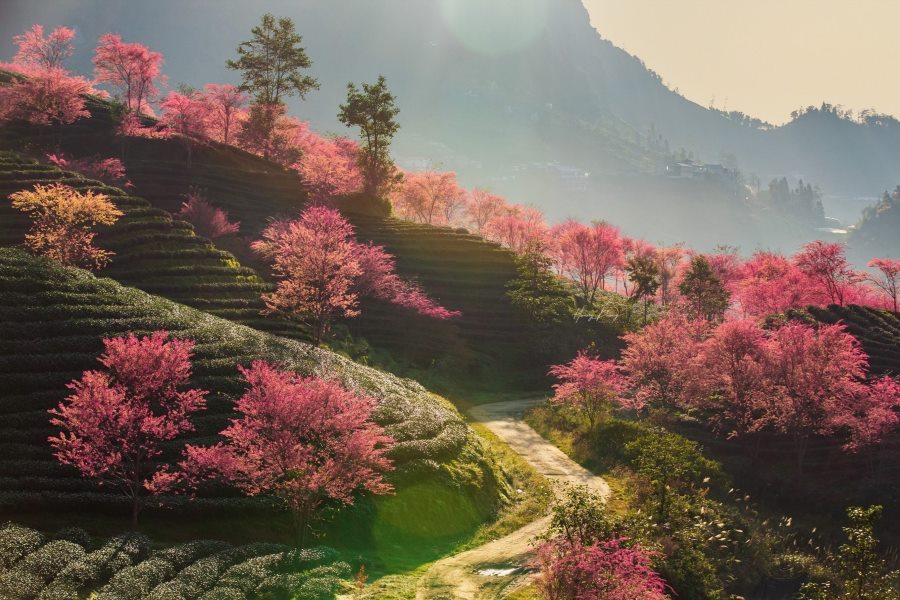
The best angle to take the photo (Source: Laodong)
During cherry blossom season, O Quy Ho Tea Hill becomes a sought-after photography spot, attracting both media and visitors eager to capture its dreamy beauty. You can take the best photo angles from higher vantage points or distant perspectives to fully embrace the stunning scenery. Additionally, visitors can explore a tea processing factory, learn about the production process, and even receive a fragrant bag of tea as a souvenir.
O Quy Ho Village
O Quy Ho Village, located in a valley at the base of O Quy Ho Pass, is home to the H'Mong people, who have resided there for generations. This village has remained largely unaffected by commercialization, the kindly welcome making it a popular destination for travelers looking for an immersive local experience.

The house made of wood in O Quy Ho Village (Source: Reatimes)
One of the most outstanding aspects of O Quy Ho Village is its breathtaking terraced rice fields that cascade down the slopes. Depending on the season, the fields change from rich green carpets to shimmering golden waves, creating a stunning landscape.
Visiting O Quy Ho Village and living with a local family is a great experience. Guests can sample traditional dishes, sip warm corn wine, and engage in deep conversations while experiencing the love and hospitality of the H'Mong people as if they were family.
O Quy Ho Heaven’s Gate
O Quy Ho Heaven's Gate, located on the way from Sa Pa to the Rong May Glass Bridge, is an eco-tourism destination with a restaurant-café, spiritual architecture, and distinctive cloud-hunting places. From the mountaintop, tourists can enjoy panoramic views of breathtaking mountains and the mystical horizon where earth meets sky.
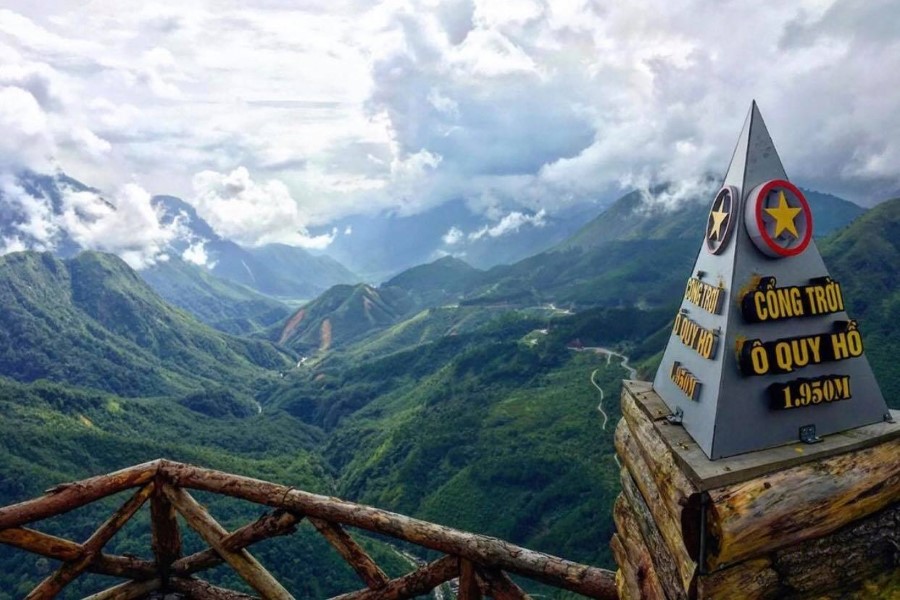
O Quy Ho Heaven’s Gate (Source: Luhanh)
Visitors to the site can explore O Quy Ho Pagoda, see dispersed Buddha sculptures, and enjoy the tranquil beauty of beautiful gardens. A highlight check-in is the Bali-style Heaven's Gate, offering you a breathtaking photo that feels like a portal to paradise.
Silver Waterfall
Nestled at the foot of O Quy Ho Pass, Silver Waterfall is one of the most stunning waterfalls in northern Vietnam. Standing 200 meters tall, it cascades down craggy rocks like a gleaming silver ribbon. During the rainy season (May-October), the tremendous flow generates a symphony of flowing water and songbirds that may be heard throughout the old forest.
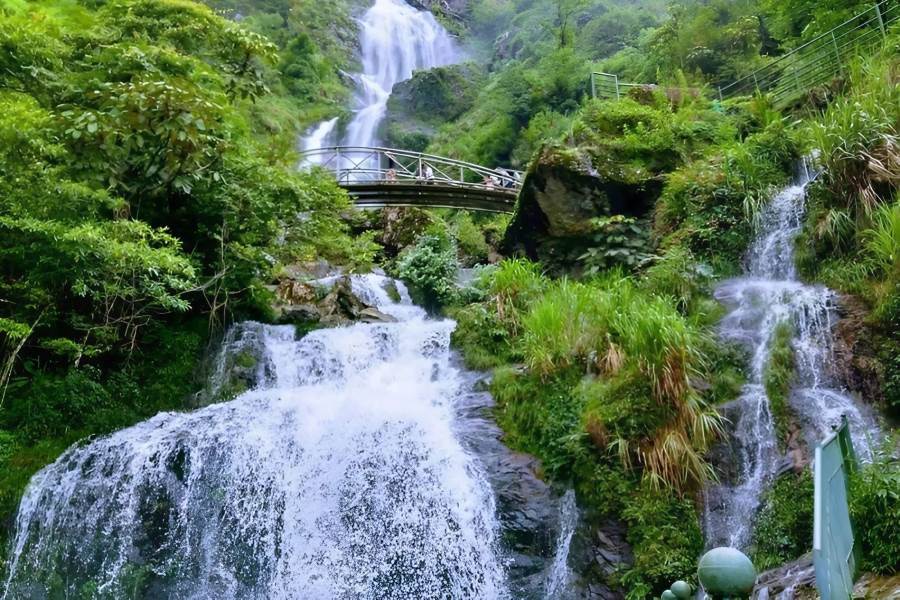
Silver Waterfall with 200 meters tall (Source: Sapa)
The cool, refreshing water provides an ideal getaway from the summer heat. Visitors can climb stone steps to the summit, cross a rustic suspension bridge, and take in the fresh mountain air while admiring the spectacular scenery.
Love Waterfall
Hidden within Hoang Lien National Park, Love Waterfall originates from the sacred Fansipan peak, cascading into the dreamy Golden Stream. Surrounded by lush forests, it is a favorite rendezvous for couples and nature lovers alike.
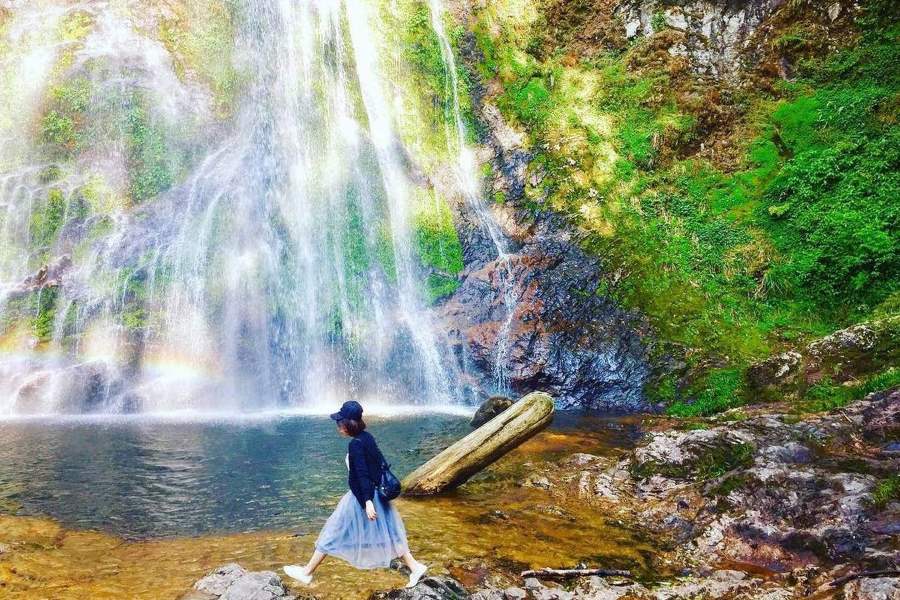
The gentle, dreamy beauty of Love Waterfall (Source: Vntrip)
Visitors can take a scenic walk along a stone path, admire ancient trees and vibrant wildflowers, or cool off in the crystal-clear waters shimmering with amber hues. For thrill-seekers, waterfall rappelling offers an exciting challenge amidst the breathtaking landscape.
Rong May Glass Bridge
Perched atop O Quy Ho Pass at 2,200 meters above sea level, Rong May Glass Bridge is Vietnam’s highest glass bridge, part of a thrilling eco-tourism complex. To reach the bridge, guests must ride a 70-meter-long elevator down the rocky terrain, adding to the thrill.
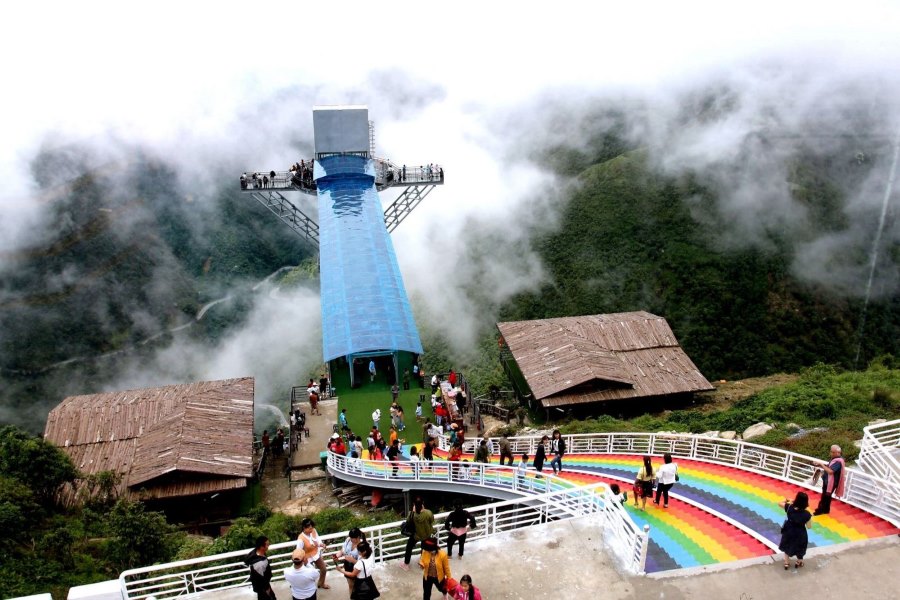
Rong May Glass Bridge - ideal spot when traveling O Quy Ho Pass (Source: Laichau)
Suspended 60 meters from the cliff, the transparent glass floor provides a spectacular, gravity-defying view. For thrill lovers, the park also offers ziplining, a single-log bridge, and a huge swing, assuring an incredible surge of excitement.
With its winding curves and breathtaking landscapes, O Quy Ho Pass is a true masterpiece of nature. If you visit the enchanting land of Sa Pa, be sure to add this stunning destination to your itinerary!
You may like: Sapa Tour 5 days: Explore Sapa and Surroundings